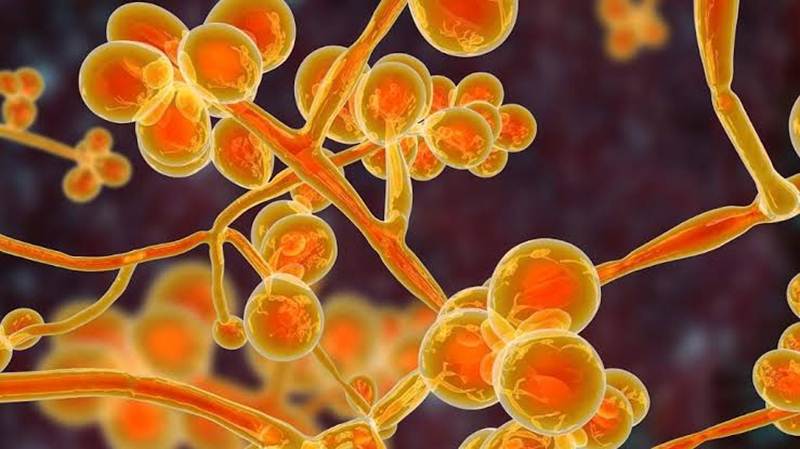
Yellow fungus is a fatal disease considered more dangerous than white fungus and black fungus. As India battles, the second wave of COVID-19 along with rising cases of black and white fungus, the first case of the new fungus erupts in a 45-year-old in Ghaziabad, Uttar Pradesh. Here is everything you need to know about the yellow fungus.
What causes yellow fungus?

Yellow fungus infection is usually the aftermath of bad hygiene and sanitary practices. It is also caused due to overuse of antibacterial medication, and low-quality oxygen.
Symptoms you should look out for!
The symptoms might look similar to those of black and white fungus. But, in this case, patients face disrupted digestion, low energy, fatigue, loss of appetite, pus leakage, slow metabolism, etc. It can also cause malnutrition and unusual weight loss. In severe cases, it can cause necrosis.
Can you get yellow fungus as a healthy person?
Yellow fungus or mucor spores spread through the air. You probably have breathed fungus spores before. But, as a healthy individual, your body has the immunity to combat environmental fungus. So it’s rare for people without severe health complications to contract such infections.
How can you avoid Yellow fungus?
Since the disease occurs due to poor sanitation and cleanliness, make sure to improve them. Fungus grows due to high humidity so, dispose of old food and keep your kitchen clean. Make sure that fecal matter does not come in contact with food.
Make sure that you avoid overusing steroids and antibacterial medication. If you are suffering from COVID-19 and need oxygenation, cross-check the oxygen plant or seller you get your oxygen from. Chances are, there’s a contamination in the oxygen plant.
Is yellow fungus contagious?
No, mucor does not spread from one person to another. It occurs due to poor sanitation and prolonged steroids or antibiotic use. However, it can spread from contamination through progs and pipes used for oxygen supply. But, it is very rare since these medical instruments are thoroughly cleaned.
Is there a treatment for this fungus attack?
Yes, the new fungal disease is treatable with proper medical care. At this moment, doctors are using Amphotericin B, an antifungal injection to treat patients with this disease. The patient is currently receiving this treatment. So, it is vital to keep an eye on newer treatment plans.
